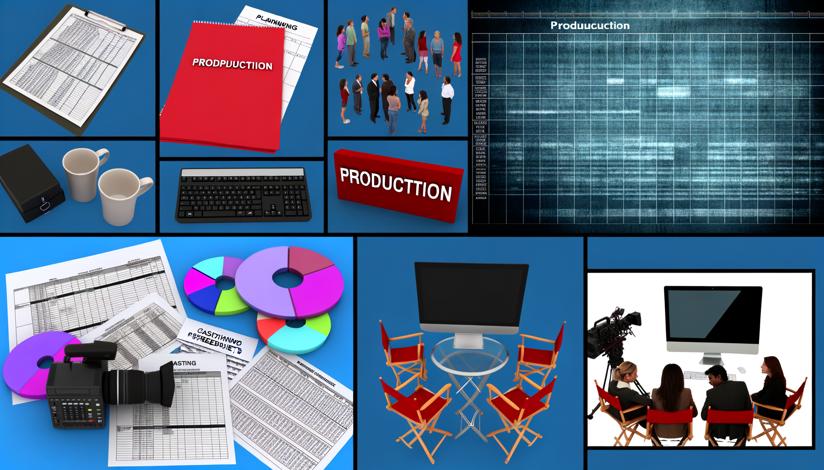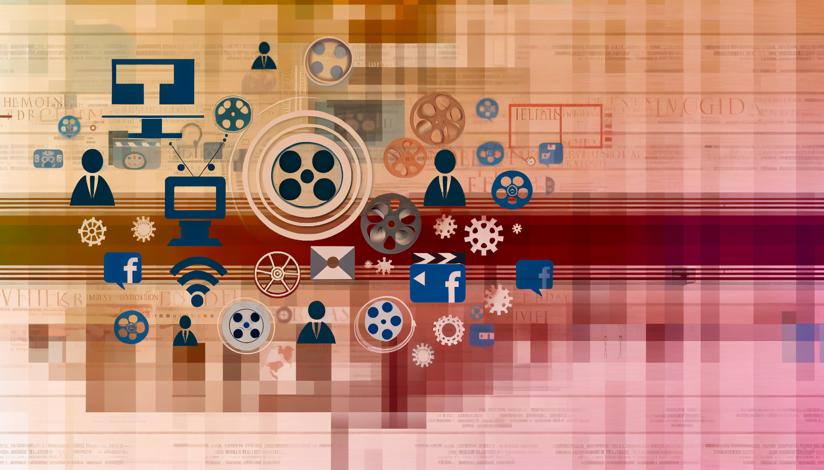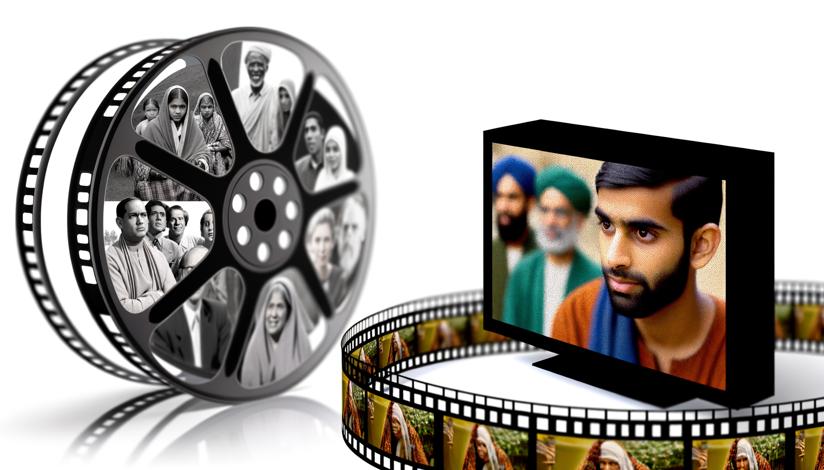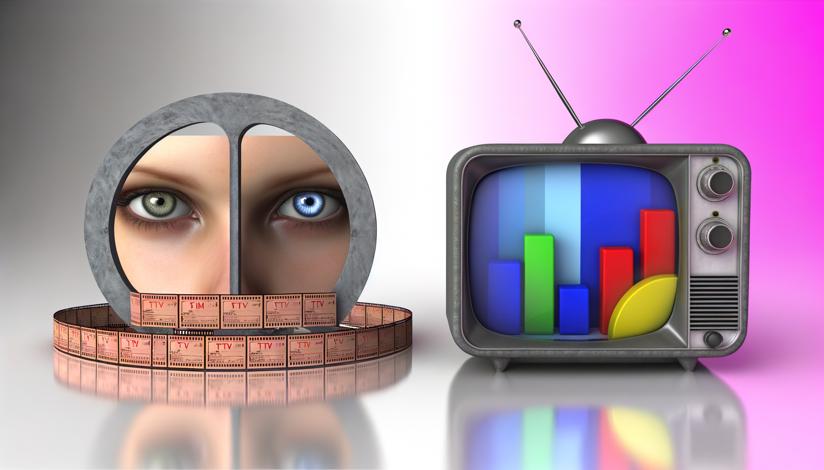
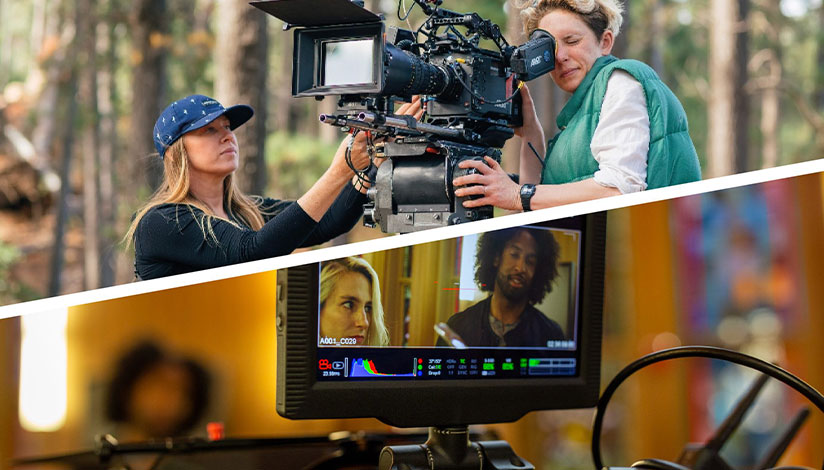
Film cinematography is often seen as more visually ambitious and artistic compared to TV cinematography. Filmmakers have the freedom to experiment with different camera techniques, lens choices, and lighting setups to create visually stunning and immersive cinematic experiences. The larger budgets and longer production schedules of films allow for more time and resources to be dedicated to perfecting each shot. This results in highly polished visuals that can captivate and transport the audience.
On the other hand, TV cinematography focuses more on efficiency and storytelling. TV shows generally have tighter production schedules and budgets compared to films, which means cinematographers have to work quickly without compromising the quality of the visuals. TV cinematography aims to enhance the storytelling by capturing the emotions and actions of the characters in a dynamic and engaging manner. Close-ups, handheld shots, and quick camera movements are often employed to create a sense of intimacy and immediacy.
One of the advantages of film cinematography is the use of film cameras. Many filmmakers prefer the aesthetic qualities of film, such as the grain and color rendition. Film cameras also offer a wider latitude, allowing for greater flexibility in capturing highlights and shadows. However, film cameras require more complex setups and additional resources, making them less practical for TV production.
TV cinematography has its own advantages, especially in the age of streaming platforms and binge-watching. TV shows are often shot in a multi-camera setup, allowing for quicker coverage of scenes and a more consistent visual style throughout episodes and seasons. This approach is particularly effective for serialized storytelling, where the visual language needs to be established and maintained over an extended period of time.
In conclusion, both film and TV cinematography have their unique strengths and weaknesses. Film cinematography allows for more artistic freedom and highly polished visuals, while TV cinematography focuses on efficiency and storytelling. Ultimately, the art of cinematography is about enhancing and supporting the narrative, regardless of the medium. Whether it's the big screen or the small screen, the power of cinematography lies in its ability to create immersive and unforgettable visual experiences.

Artistic freedom and visual ambition in film
Efficiency and consistency in TV

Higher production costs and longer schedules in film
Limited resources and tight schedules in TV














-
https://www.indiewire.com/2019/07/film-vs-tv-cinematography-1202158541/
-
https://nofilmschool.com/Film-vs-TV-Cinematography
























